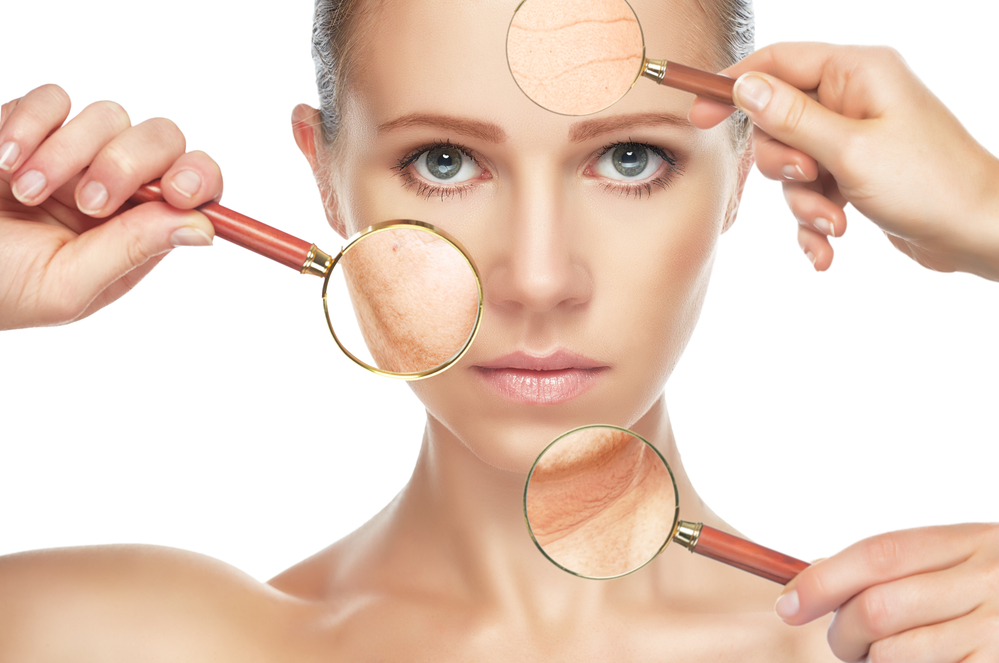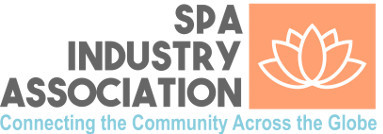
Bumps on your face or back are no fun. Whether you’re 15 or 30, it’s a recipe for discomfort. So, what are you to do when the bumps come and you’re stressing out? You find a solution. Lucky for you, you came to the right place to get just that. Today we review chemical treatments, natural treatments, and let you know which is the right one to implement.
What Are Chemical Treatments?
While the image of Dr. Jekyll holding a bubbling flask in hand may pop into mind when you read “chemical treatments”, that’s simply not the case. While these are man-made substances, they aren’t inherently bad for you. To help you get acquainted with what they are, let’s take a quick trip to the lab:
Benzoyl Peroxide: Benzoyl peroxide is one of the most widely used substances in treating acne with chemicals. It’s antimicrobial, which means that it wipes away the bad bacteria on the skin that plays a role in producing acne. It’s also anti-inflammatory and comedolytic. In less fancy terminology, this means it works to open pores while it eases up inflammation. Basically a 3-in-1 punch to your bumps. It should be noted that it ranges in concentration from 2.5-10%. Start slow and work up.
Salicylic acid: Salicylic acid, similarly to benzoyl peroxide, can flush out the dirt and grime that accumulates in the skin. It’s known for its anti-inflammatory properties and its ability to shed dead cells from the top layer of the skin reducing the number of pimples that form.
Great, What About Natural Treatments?
Au natural, anyone? Just like there are key ingredients in chemical treatments, there are also ones in natural treatments. To help cut through the confusion, let’s give you a rundown of them:
Tea Tree Oil: Tea Tree Oil is a major player in the natural treatment of acne. Sourced from the Melaleuca alternifolia plant, this substance has been used for thousands of years for skin ailments thanks to its antibacterial properties. Aside from fighting against bacterial and fungal infection, it’s known for its ability to reduce inflammation while encompassing antioxidant properties.
Manuka Honey: Honey has slowly become known for its antibacterial and powerful healing properties, specifically, manuka honey. It has a low pH so it can help clear up existing acne marks, and it can help slow the growth of bacteria in the pores. It’s a sweet option for natural treatment lovers — pun intended.
Which Should You Use, You Wonder?
The answer to this isn’t cut-and-dry. For those that are living a more holistic life, you should carry on with the natural treatments approach, They are effective in their own way, and will match your values. For everyone else, we recommend using both types symbiotically for the best results.
The reason for this is simple; there are benefits that the chemical treatments can provide that the natural treatments simply cannot. Namely, the fact that items like Benzoyl peroxide can dig deep, power-washing your skin of icky bacteria to attack the source of the problem.
As the benzoyl peroxide deep cleans, the manuka honey will hydrate and heal the skin simultaneously.
We suggest using a cleanser that uses benzoyl peroxide, such-as one from the Image skincare clear cell line, and following up with a mild, soothing moisturizer made from manuka honey.
Hope this helps you get to the bottom of the ongoing debate. Which will you do, natural or a mix of both?




